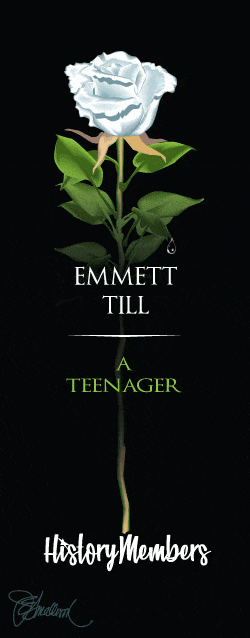Andrew C. Jackson
(1879-1921) — Prominent African American doctor murdered in the 1921 Tulsa, Oklahoma race riot
By Bob Hilson
The worst of the destruction had ended, and as the once-grand houses, hotels and theatres smoldered and simmered all around, Dr. Andrew C. Jackson slowly left the charred ruins of his Tulsa home.
His hands were raised and his head lowered. “Here I am,” he told the angry mob of seven white men – all armed with handguns and rifles – that surrounded him. “I want to go with you.” Two people in the mob recognized Dr. Jackson, a well-known and well-liked 40-year-old African American surgeon. “That’s Dr. Jackson! Don’t shoot him!” one yelled. “Don’t shoot him!”
Two gunshots suddenly rang out and the doctor fell to the ground, where he was shot a third time. No one bothered to render aid as he laid on the ground, slowly bleeding to death.
Undaunted, the mob continued on their murderous path.
Dr. Jackson was one of at least 300 African Americans who were killed by white rioters during race-inspired rage at what was known as “Black Wall Street” in Tulsa, Oklahoma, on June 1, 1921. The one-night of savagery was at first called the Tulsa Race Riot of 1921, but later changed to the Tulsa Race Massacre.
They looted businesses
Whites not only killed a large portion of black residents living in the exclusive, 40 square block community, but they looted businesses, torched churches and caused millions of dollars in property damage. At least 9,000 blacks were left homeless.
Several white Tulsa residents who owned private airplanes flew close to ground above to strafe black-owned businesses with sticks of dynamite.
“Overnight, more than one thousand homes occupied by blacks had been destroyed in Tulsa,” historian Scott Ellsworth said. “The Greenwood business district had been put to the torch. Many, both black and white, had died or were wounded.”
“The history of the Tulsa race riot is but one chapter in the troubled history of racial violence in America. In terms of density of destruction and ratio of casualties to population, it has probably not been equaled by any riot in the United States in this century.”
Dubbed “Black Wall Street” by educator W.E.B. DuBois, the community was one of the country’s most prominent and thriving locations for blacks and black business. The neighborhood boasted 13 churches, 11 rooming houses, four hotels, numerous restaurants, a hospital, schools, three fraternal lodges, two newspapers and a public library.
But it was all wiped out in a night of rage, sparked when a 19-year-old black man entered an office building to use the restroom and accidentally tripped onto a 17-year-old white girl. Although the two knew each other, she screamed. The young man was immediately arrested and jailed.
That night, an angry mob came to the jail and demanded that the man be turned over to them. When the sheriff refused, “all hell broke loose,” one witness said.
“Whites burned everything that didn’t move and shot at everything that moved,” an observer told a local newspaper. Within hours, the entire Black Wall Street business district was reduced to embers, and bodies – both black and white – lay in the streets.
But the murder of Dr. Jackson was perhaps most shocking. He was beloved in the community and treated both black and white residents. He was so skilled as a surgeon that the Mayo brothers (who later founded the Mayo Clinic) called him the “most able Negro surgeon in America.” Some of the surgical tools that Jackson invented are still used in hospitals today.
Soon after the Tulsa Race Riot, the Tulsa Chamber of Commerce released a statement: “Tulsa feels intensely humiliated and standing in the shadow of this great tragedy pledges its every effort to wiping out the stain at the earliest possible moment and punishing those guilty of bringing the disgrace and disaster to this city.”
No one was ever arrested for Dr. Jackson’s murder and no one ever arrested for the destruction of Black Wall Street.



